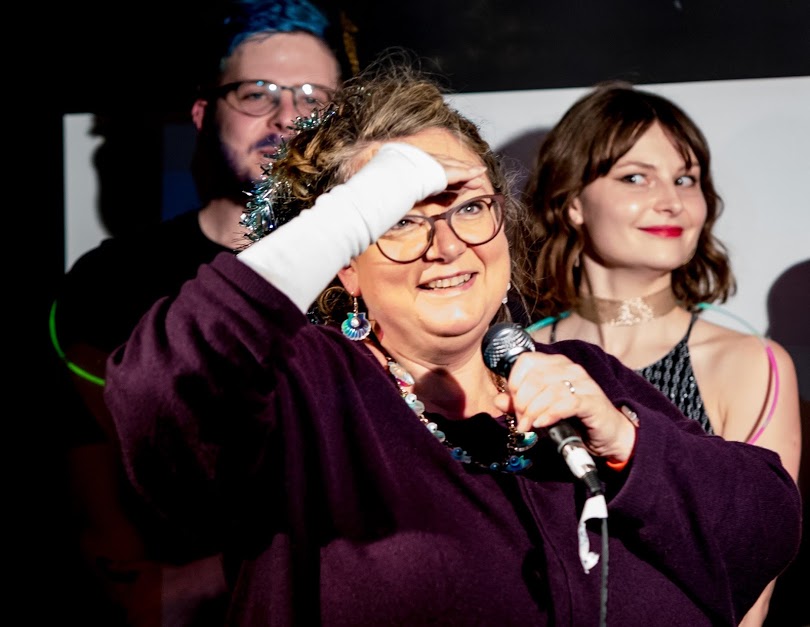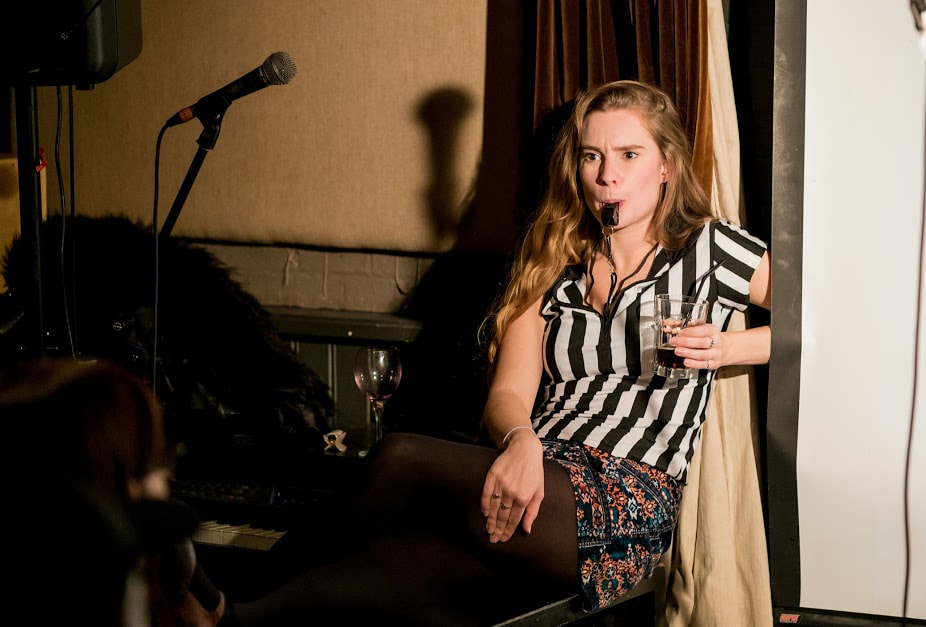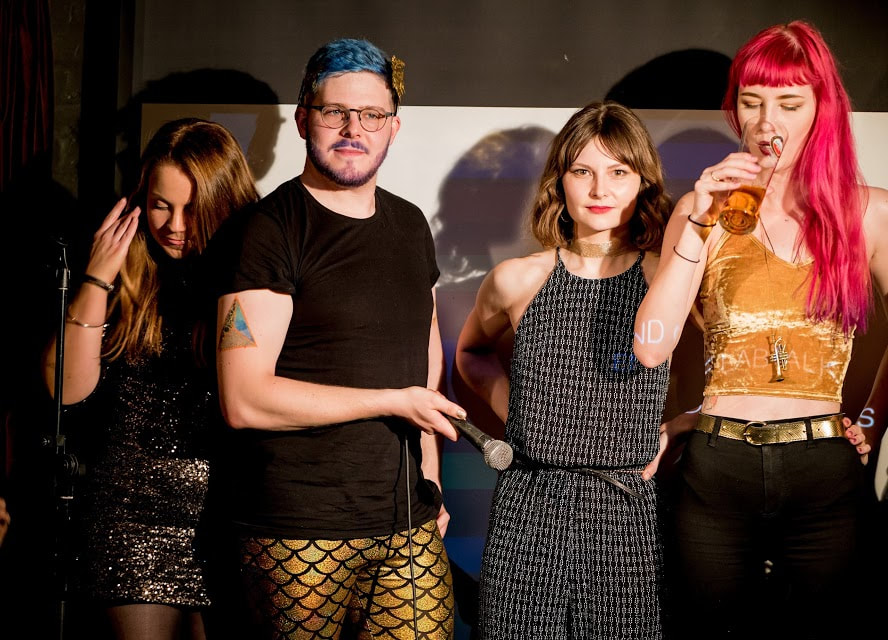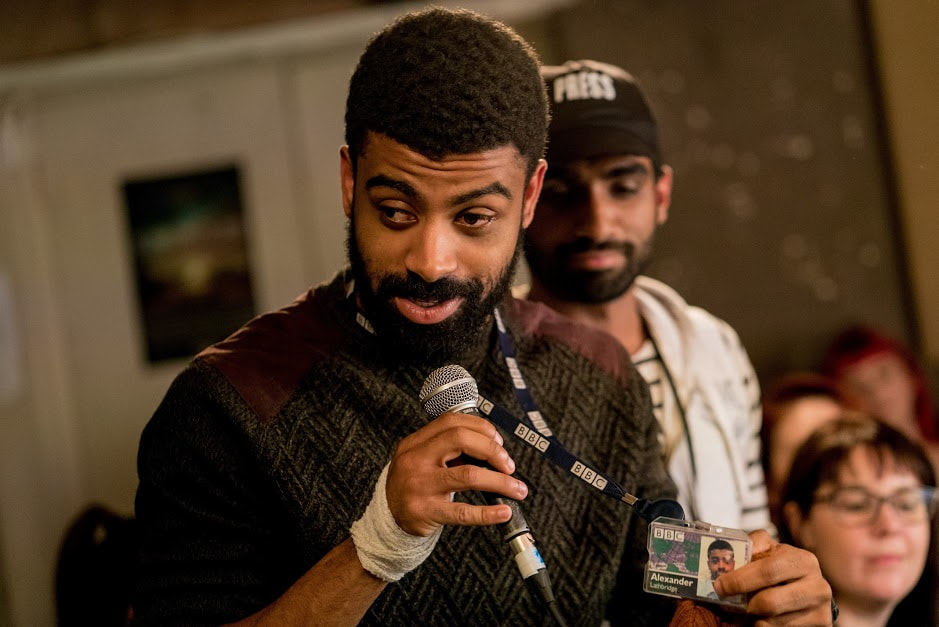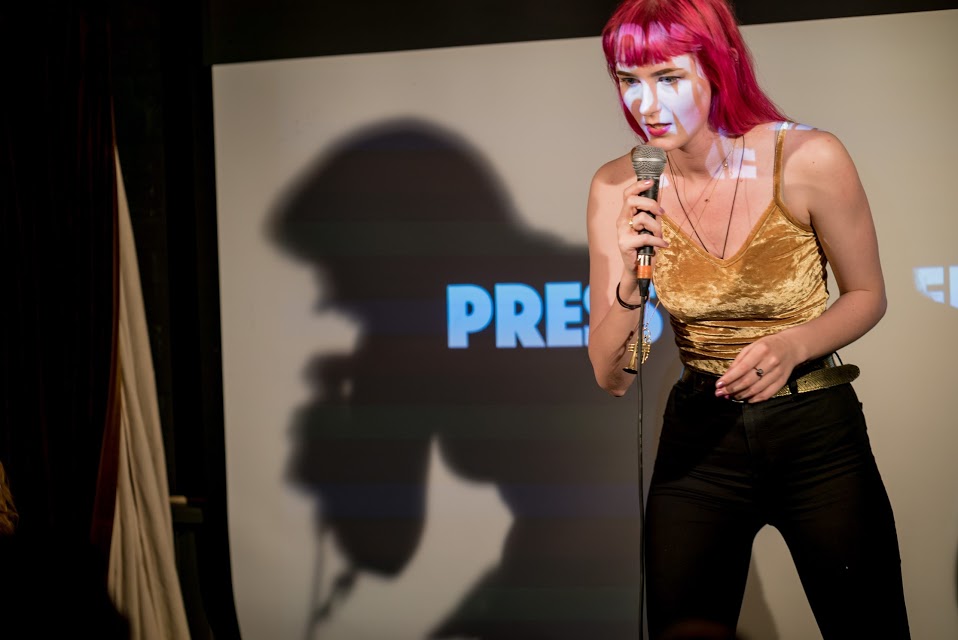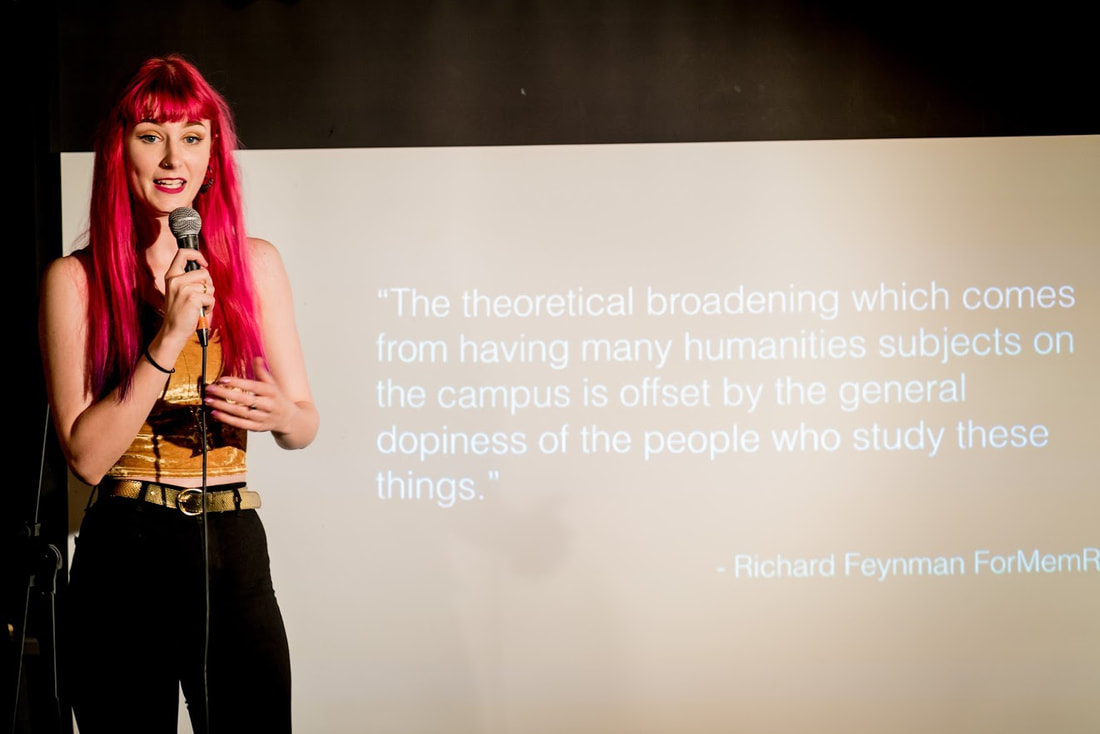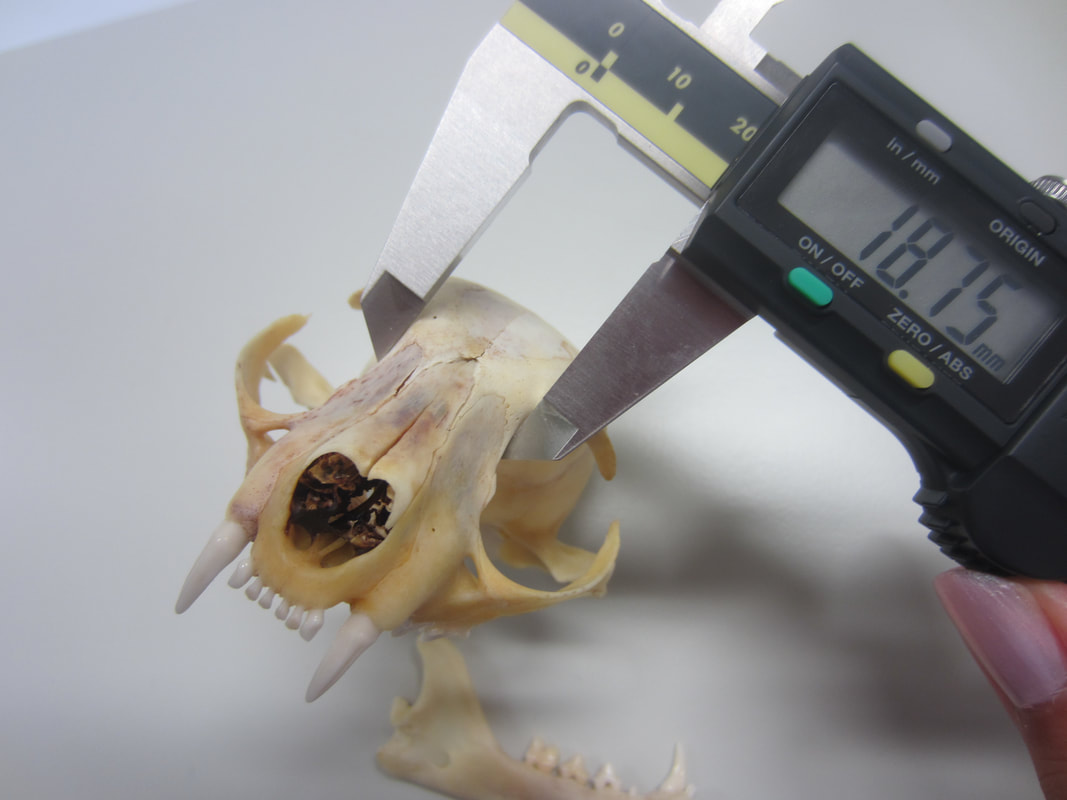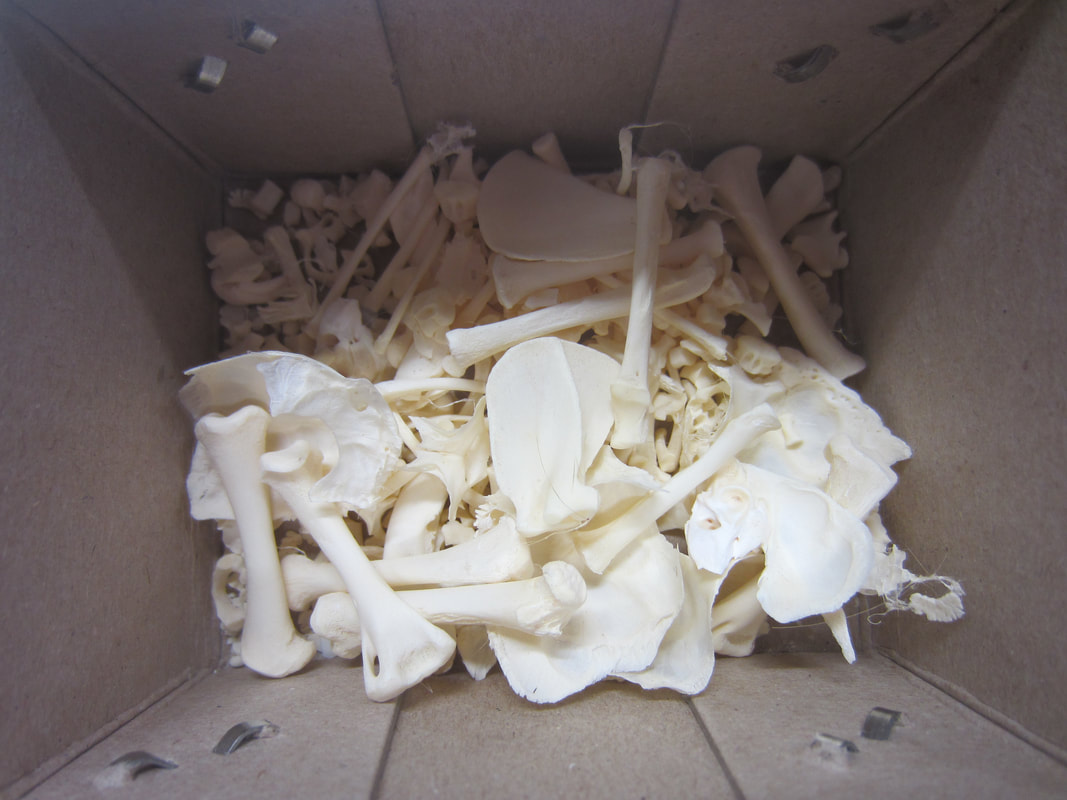|
On 16th of November 2017, the Second No-Ball Prizes were held. The event that some have called the sci-comm Olympics, (held, of course, in a London pub basement) kicked off with the two teams squaring up as Professor Sophie Scott (of the Ri Christmas Lectures) took her seat in the royal box.... I am part of a science communication/comedy/other group called the Talent Factory, based at the Wellcome Collection. After being taken under the wing of experienced comedian Dr Steve Cross, the Talent Factory members work together to produce interesting and fun science shows across the country (and beyond). It was Steve's diabolical mind that created the No-Ball prizes, a quick fire improv science comedy battle with rounds such as; Powerpoint Mix-up, Being a Male Scientist on the Telly and Press Office Scandal. After a shaky start, I almost began to enjoy to bizarre nature of the night, with ingenious answers and loose-ruled refereeing from the fabulous Charlotte Mykura, however the pressure began to ramp up when Oz and Alex went in for the kill in the Press round Overall, the night was terrifying, inspiring and ridiculous, and made me visibly shake with nerves, something that I've never experienced before. As someone who has always been very at ease with public speaking, from very large crowds to small groups of moody teenagers, being quite this scared at the prospect of a show was a very new experience. Our team won the event, and was presented with the traditional glowstick medal of honour by Prof Scott. I am very grateful to be part of such an exciting group of science communicators, creators and comedians, sharing reassuring phrases such as 'I think I'm going to be sick, I hate this, why did I sign up for this', Bell Taylor.
0 Comments
Working with the Camden Summer university and the Wellcome CollectionIn the summer of this year I had the fabulous opportunity to work with the brilliant young people of the Camden Summer University, on a project called Urban Human, Urban Animal. Based at the Wellcome collection, the group of teens who are on the autistic spectrum, used cameras and mounting equipment to create stop motion films. I was asked by filmmaker and educator Suzanne Cohen, to inspire the group with a short presentation about how taxidermy can be featured in art and science. Surrounded by the 'Making nature' exhibit in the Wellcome Collection, the group learnt how taxidermy is created, and what its uses have been throughout history. I also explained how certain preserved specimens can be used in different aspects of science, for example DNA extraction or morphological analysis. My Masters thesis focused on the use of morphological characteristics to determine 'pure' or hybrid status of wildcats collected form around Scotland, and I discussed this with the group, how the assessment of dead and preserved animals can be useful when making decisions about their future conservation The group were great at coming up with innovative ideas about taxidermy and how to create the films, and they used a selection of skulls from my collection, as well as 'human' creations like crumpled coke cans, to create a picture of co-habitation between humans and animals.
Overall I had a fantastic time working with the group, and I hope they all enjoyed the session, they definitely enjoyed handling the skulls! |
Details
AuthorThese are posts written by Punk Biologist |
